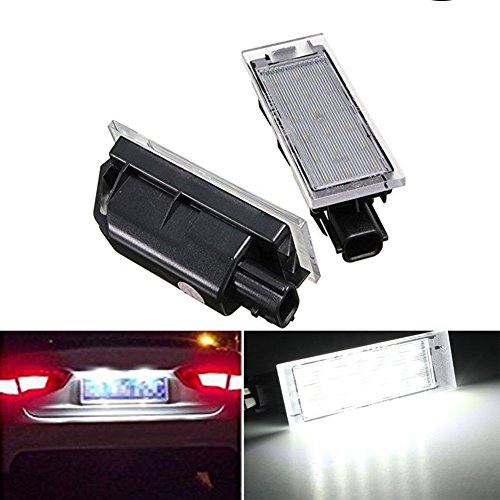oscar
Well-known member
- Joined
- Aug 31, 2013
- Messages
- 2,601
- Reaction score
- 2
hope you get it the way you want it soon. remember it's a lot harder to get turbo cars to pop and bang because all cylinders flow out onto the turbine of the turbo and then down the exhaust wheras a naturally aspirated (non turbo) car just gets popped out the downpipe to the exhaust. the turbo can act in lots of ways as a dampener of sound, but this isn't always true. once the omex is in, and you cut the spark (set the rev limit) it will bounce of it, and when you take your foot of it will bang like a motherfu...er lol












![DZSFTY [Replacement] for Renault for Twingo for Scenic for Megane for Laguna for Kangoo for Clio II 2 for MK2 172 18 for Logan ABS Car Gear Shift Knob Lever Shifter Stick Pen Head (Sliver)](https://m.media-amazon.com/images/I/31XJvjySvmL._SL500_.jpg)


